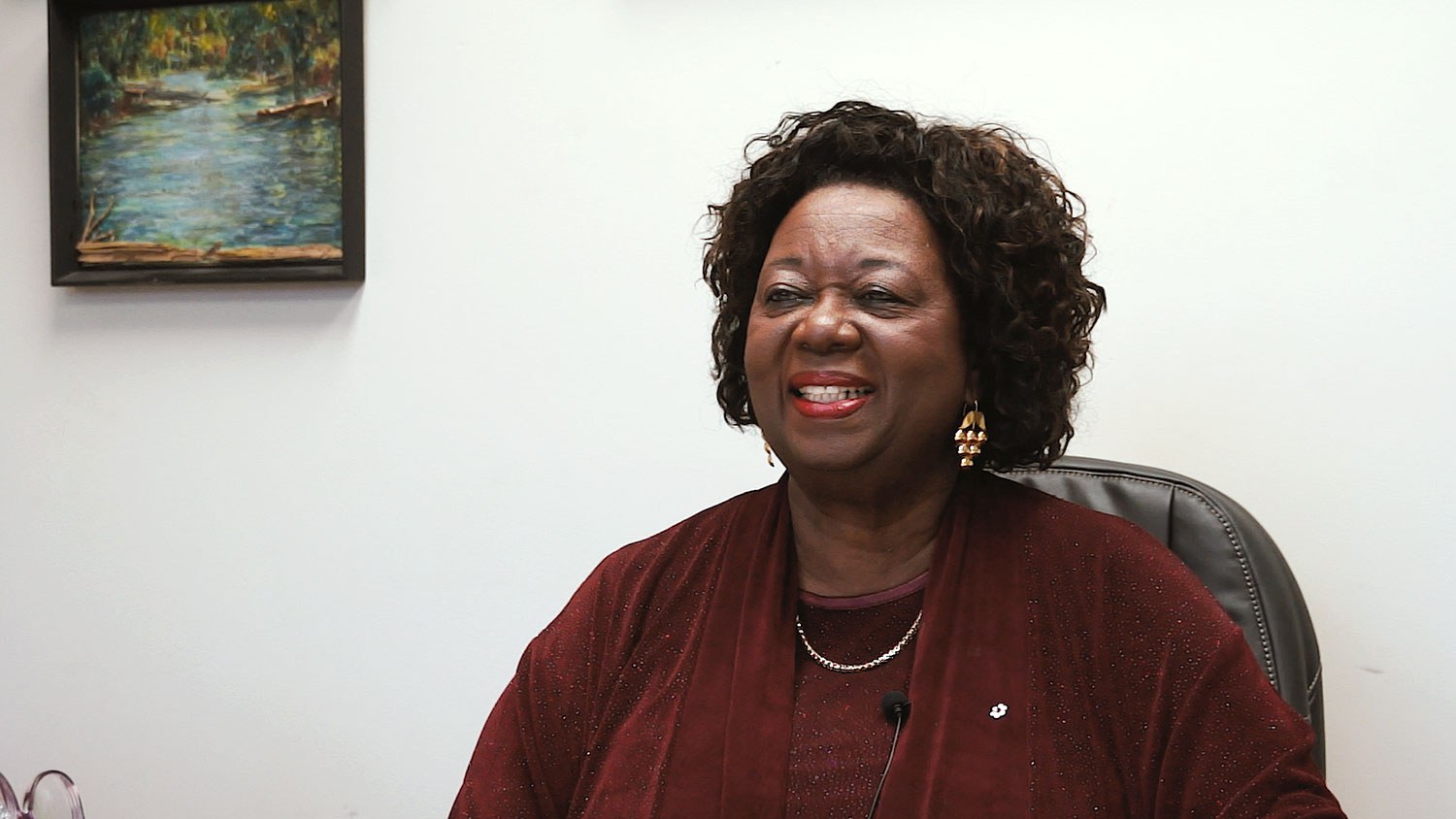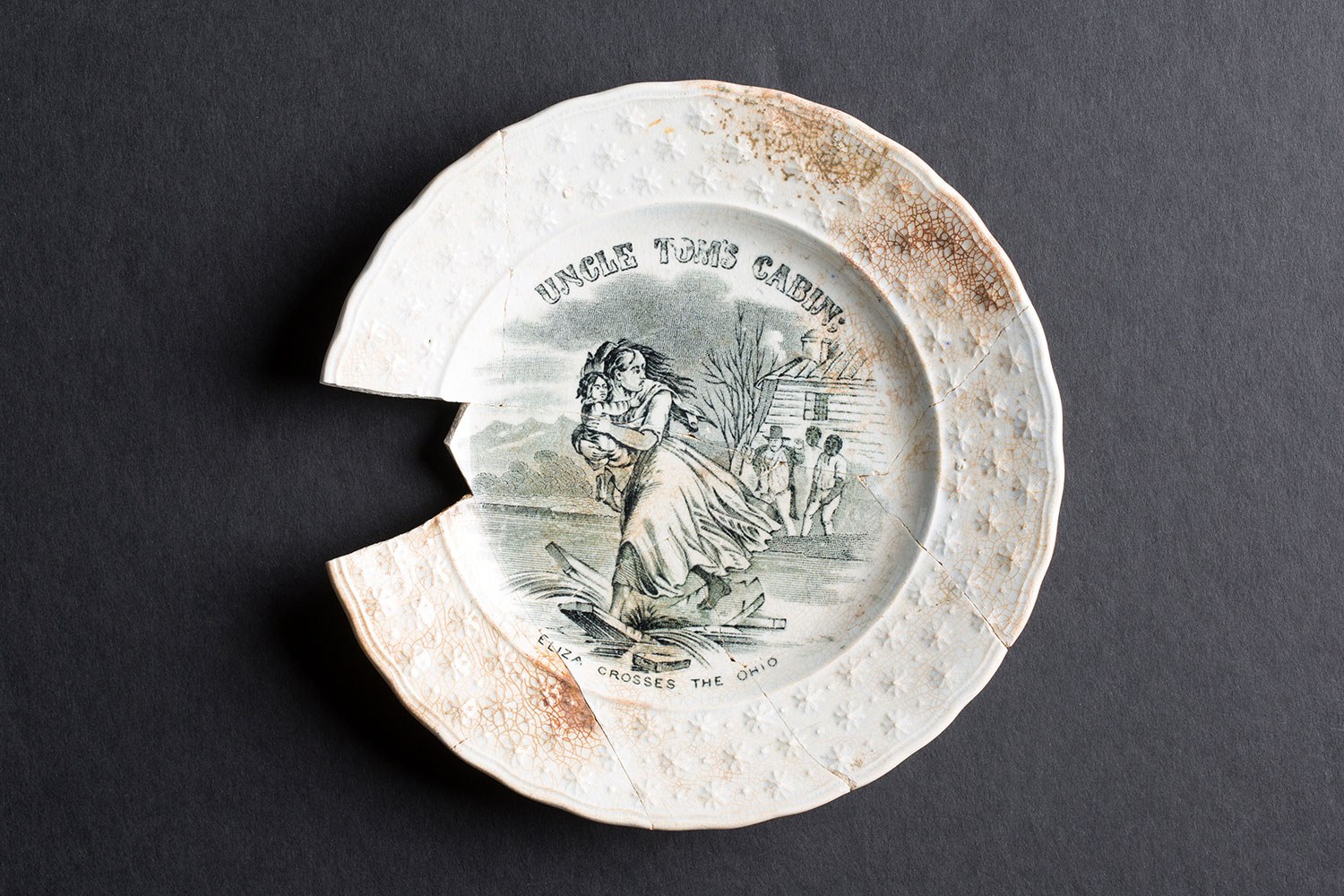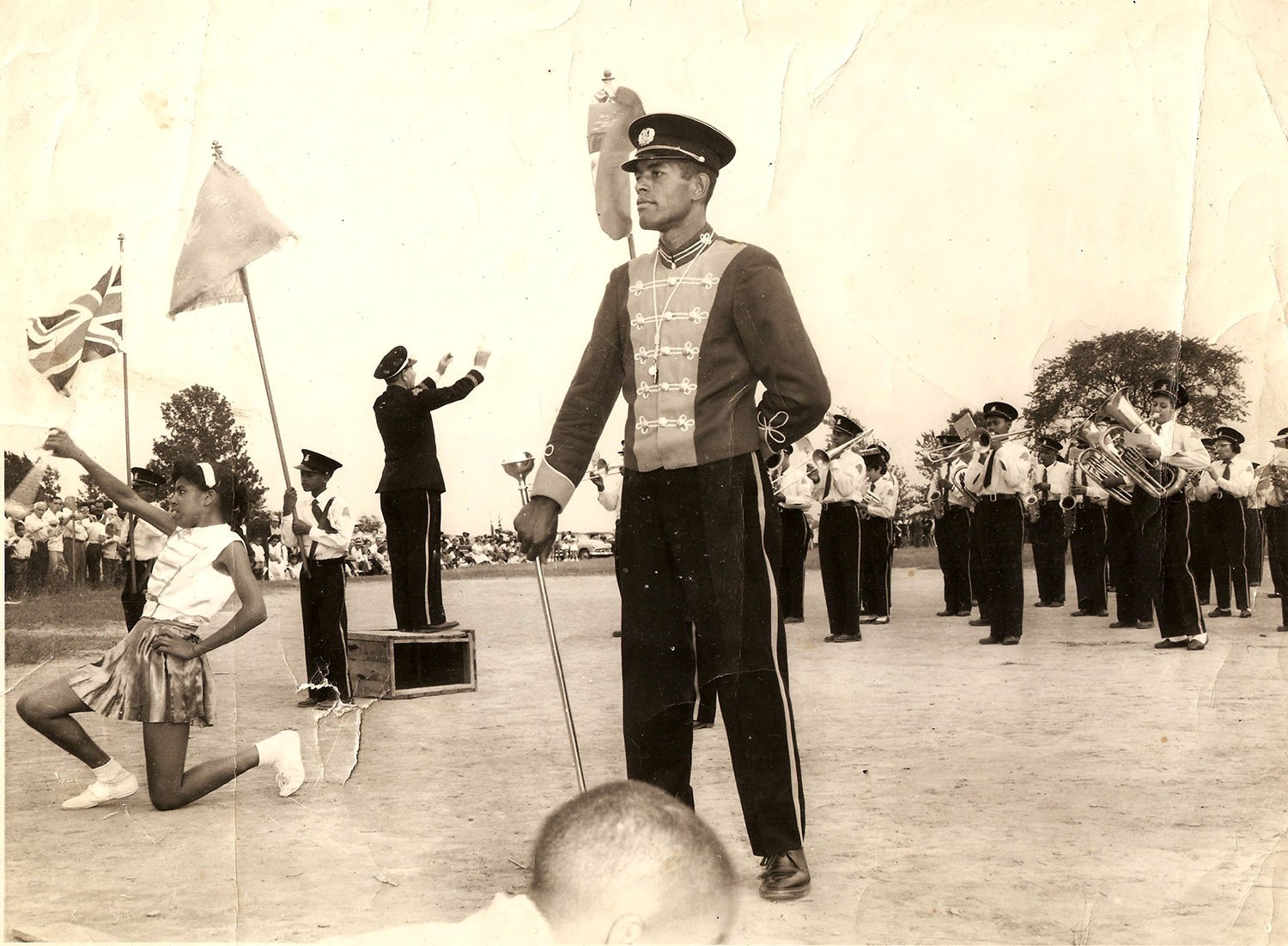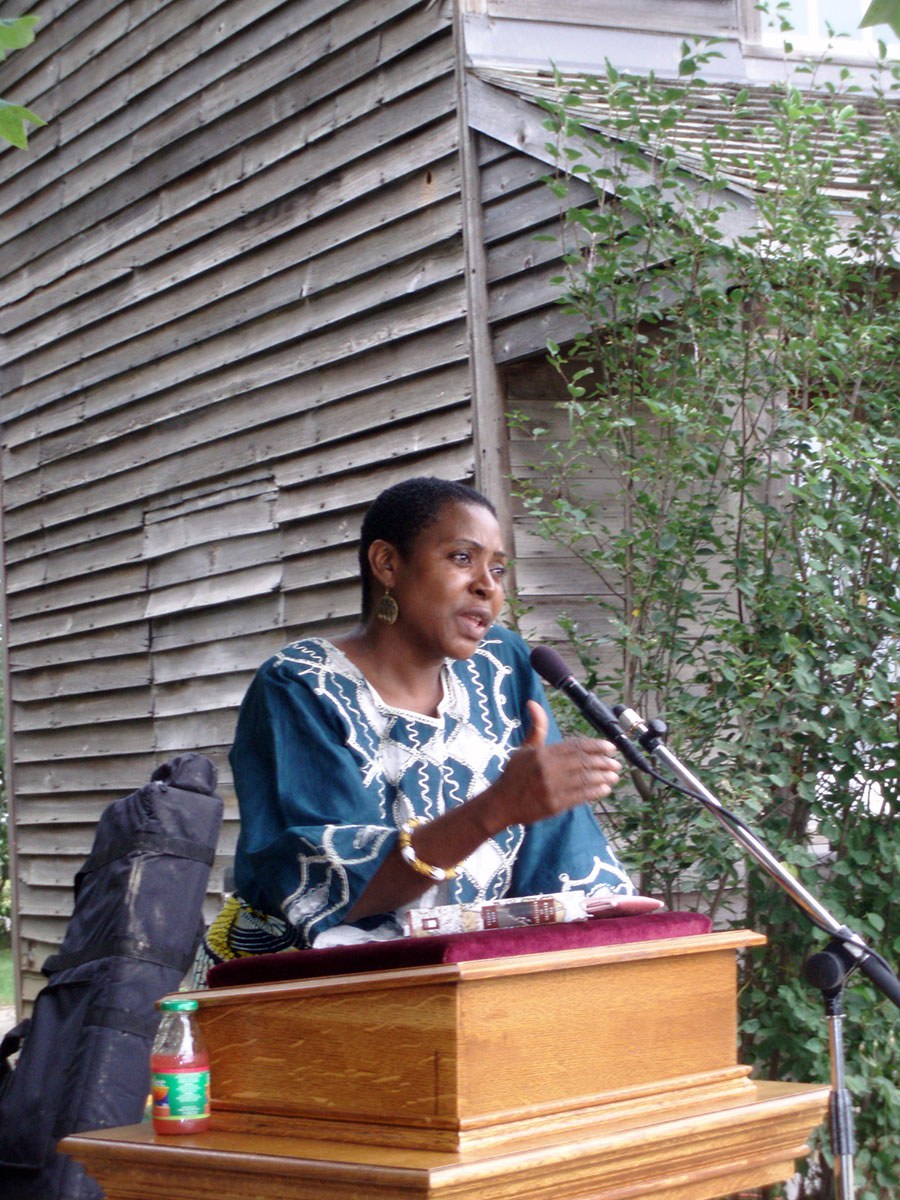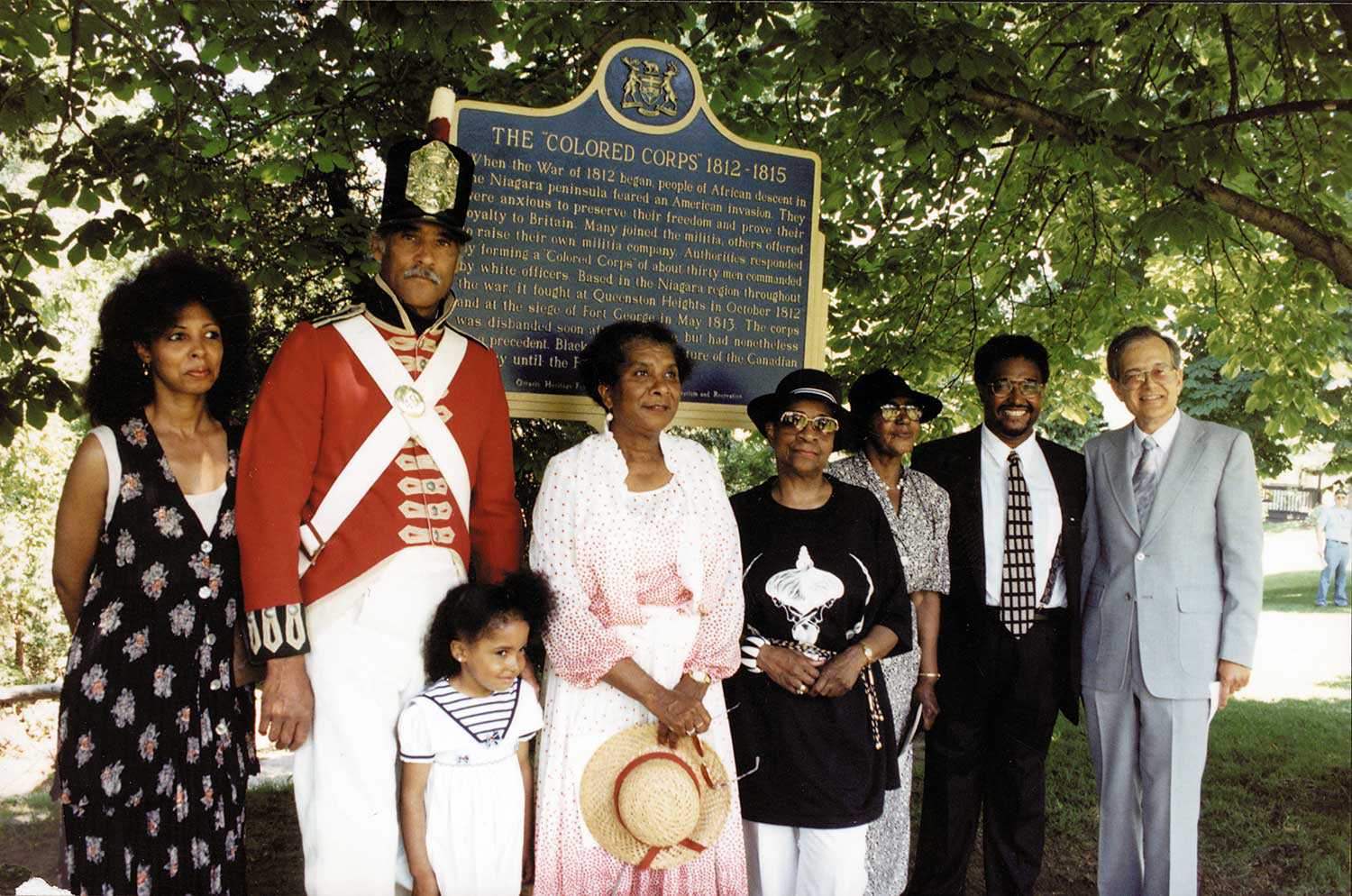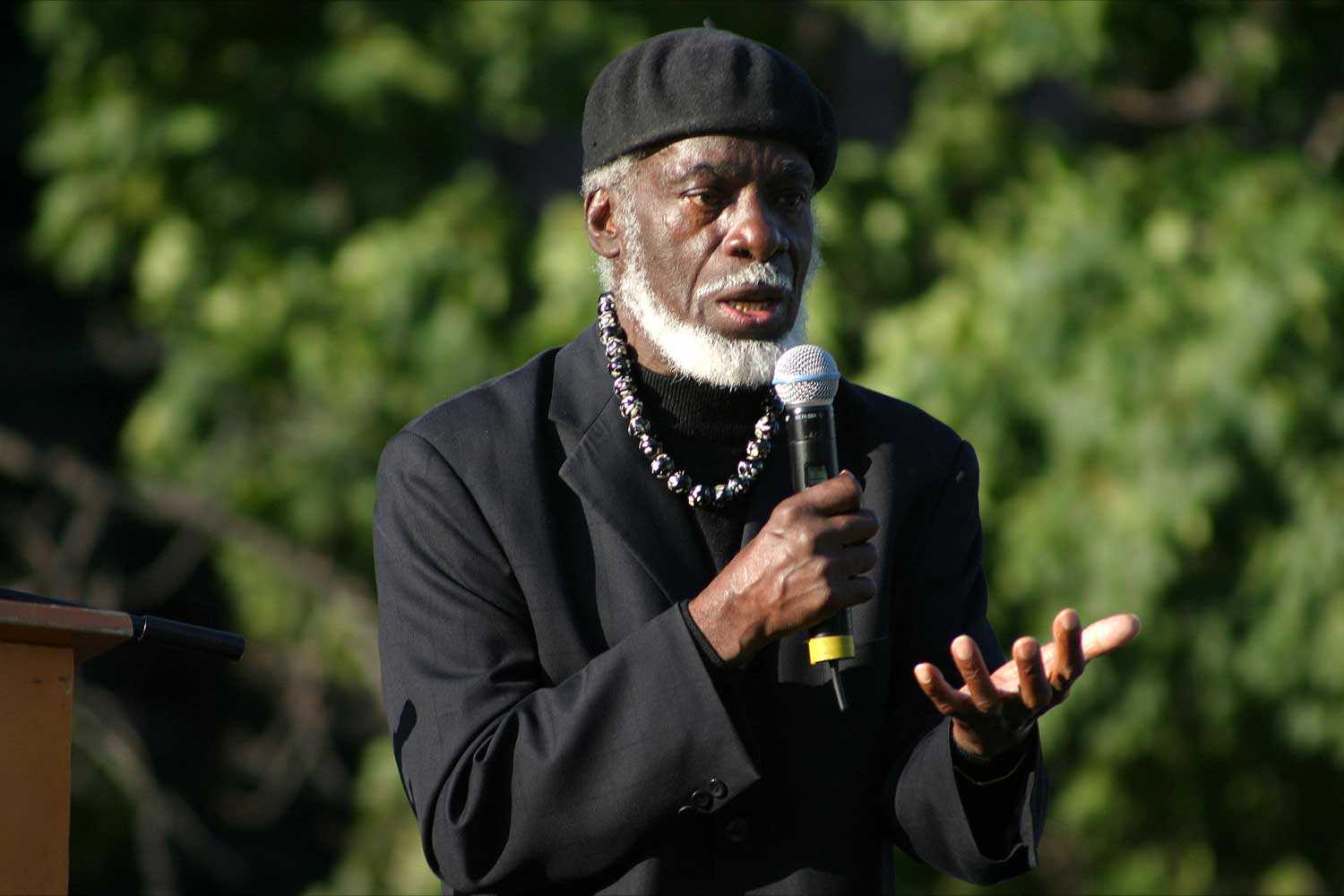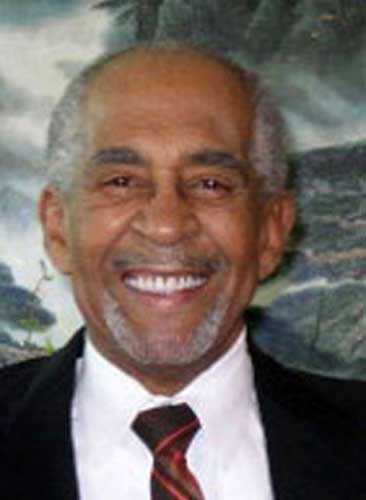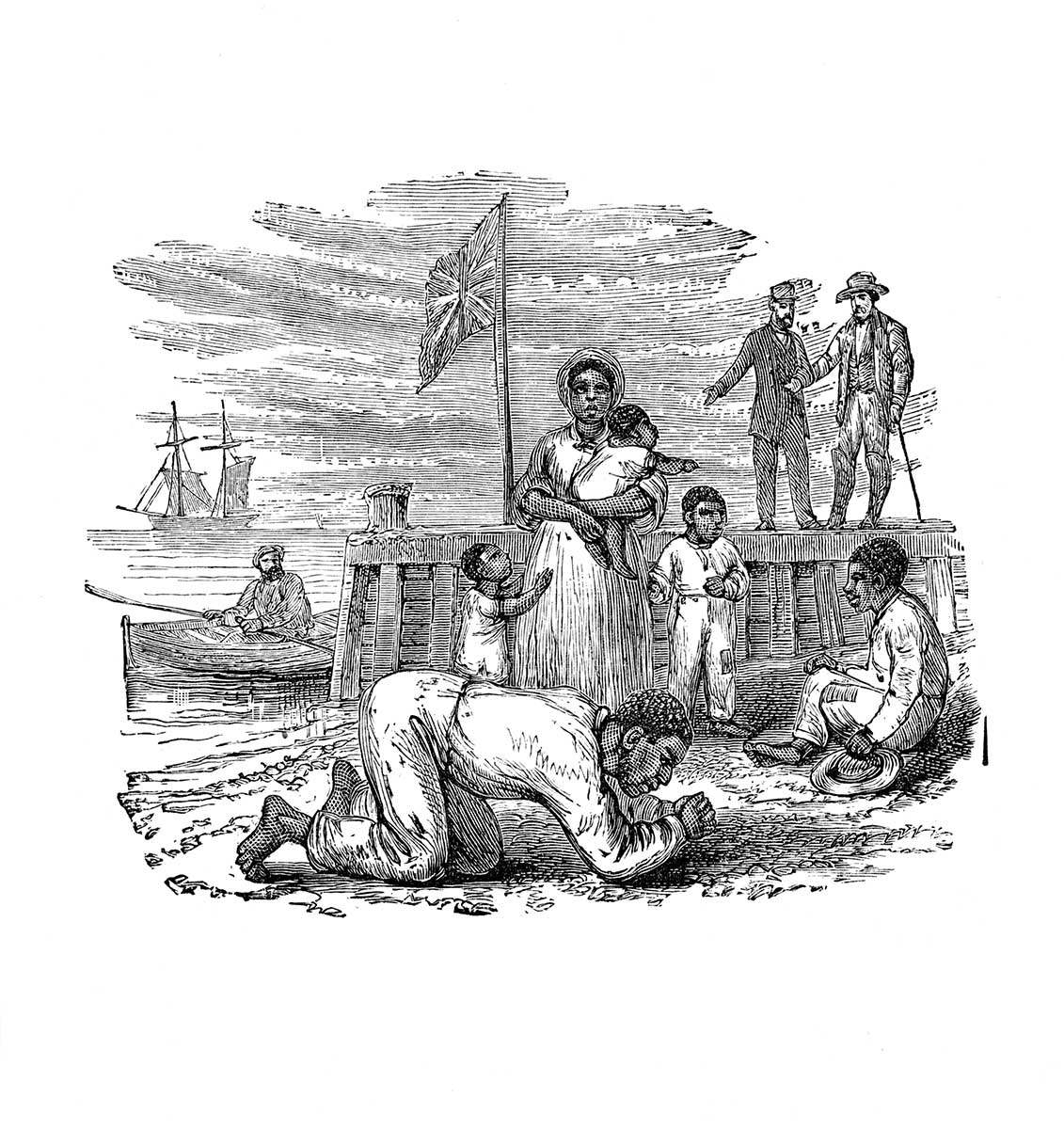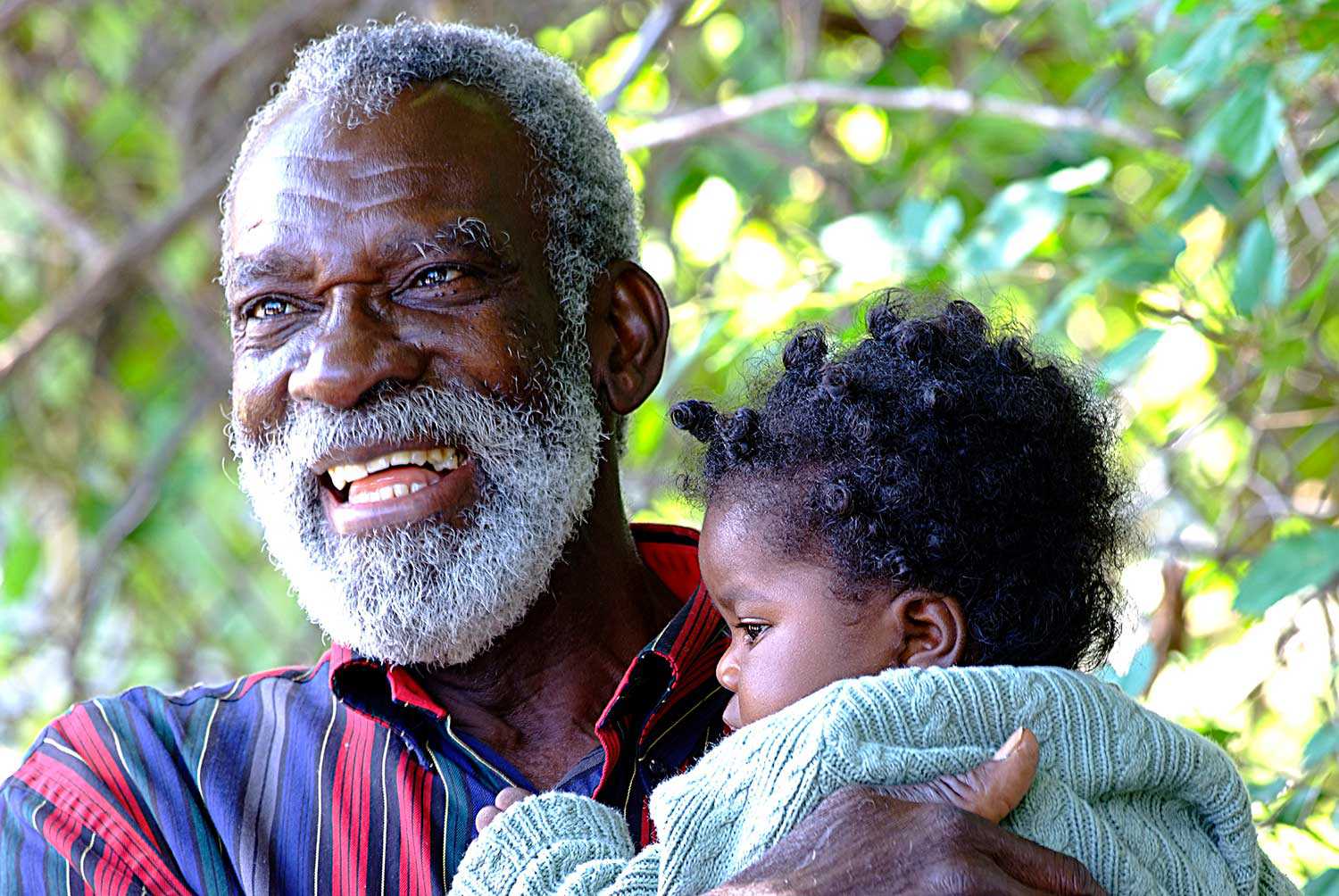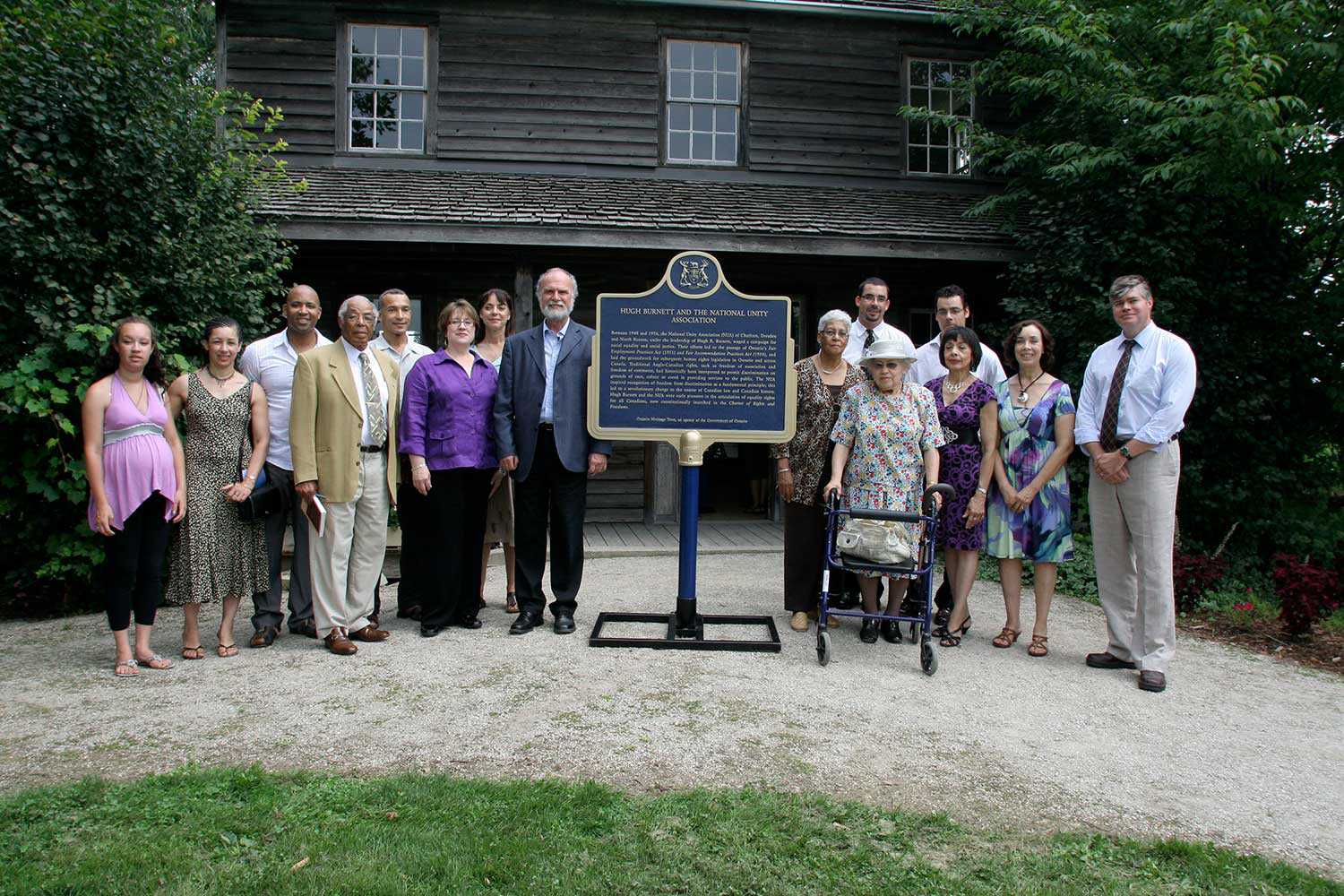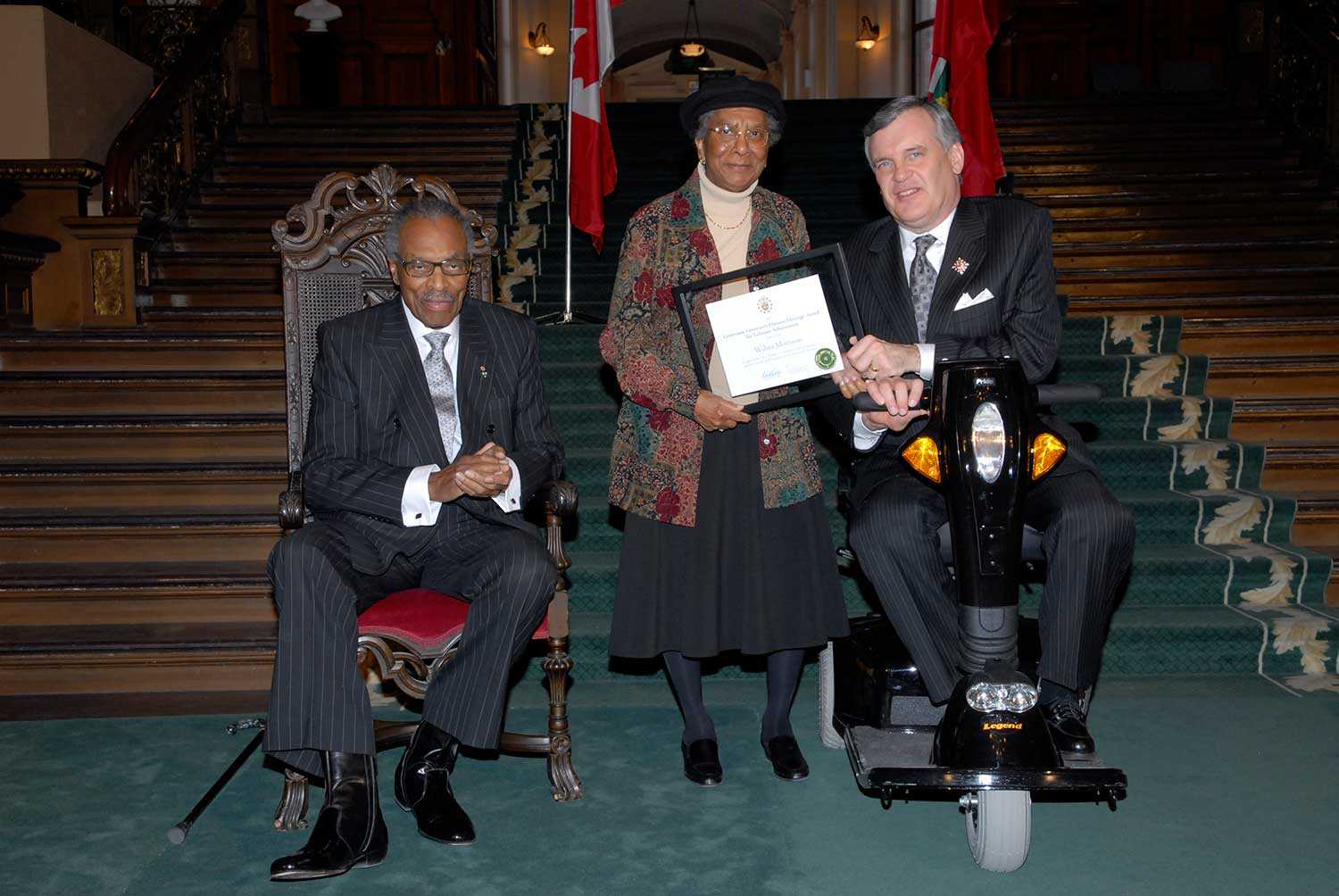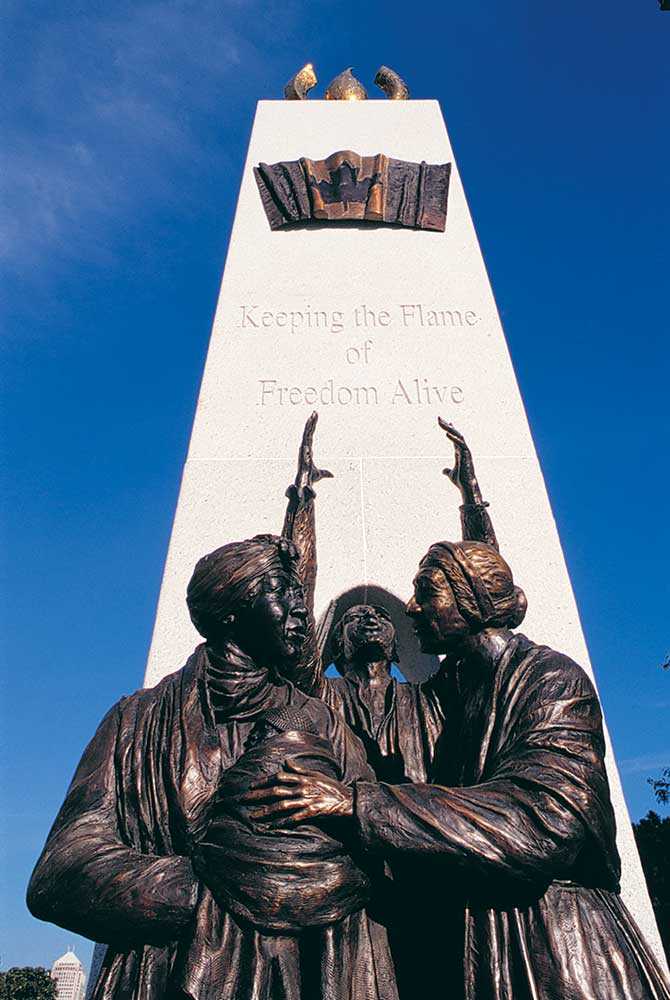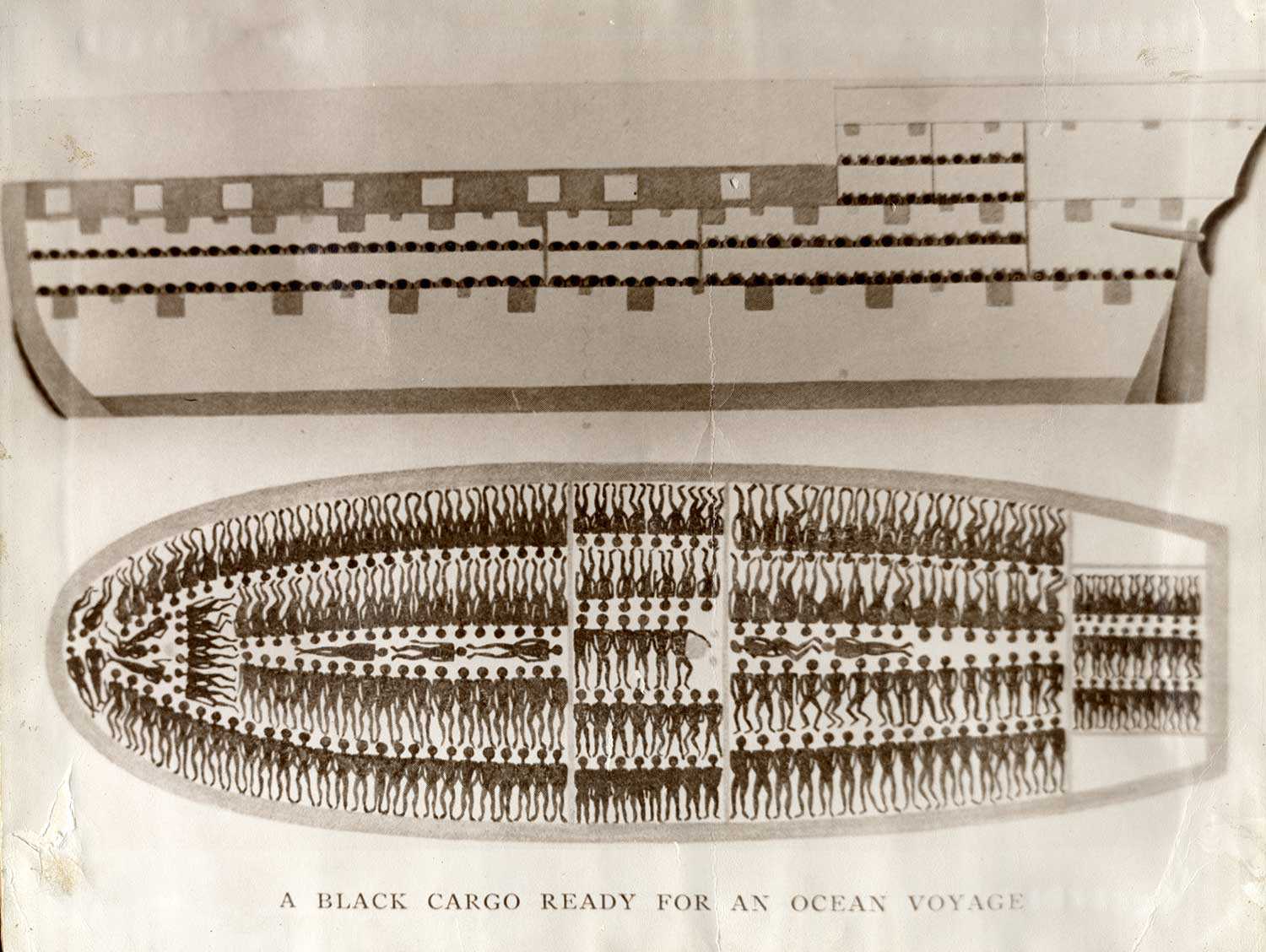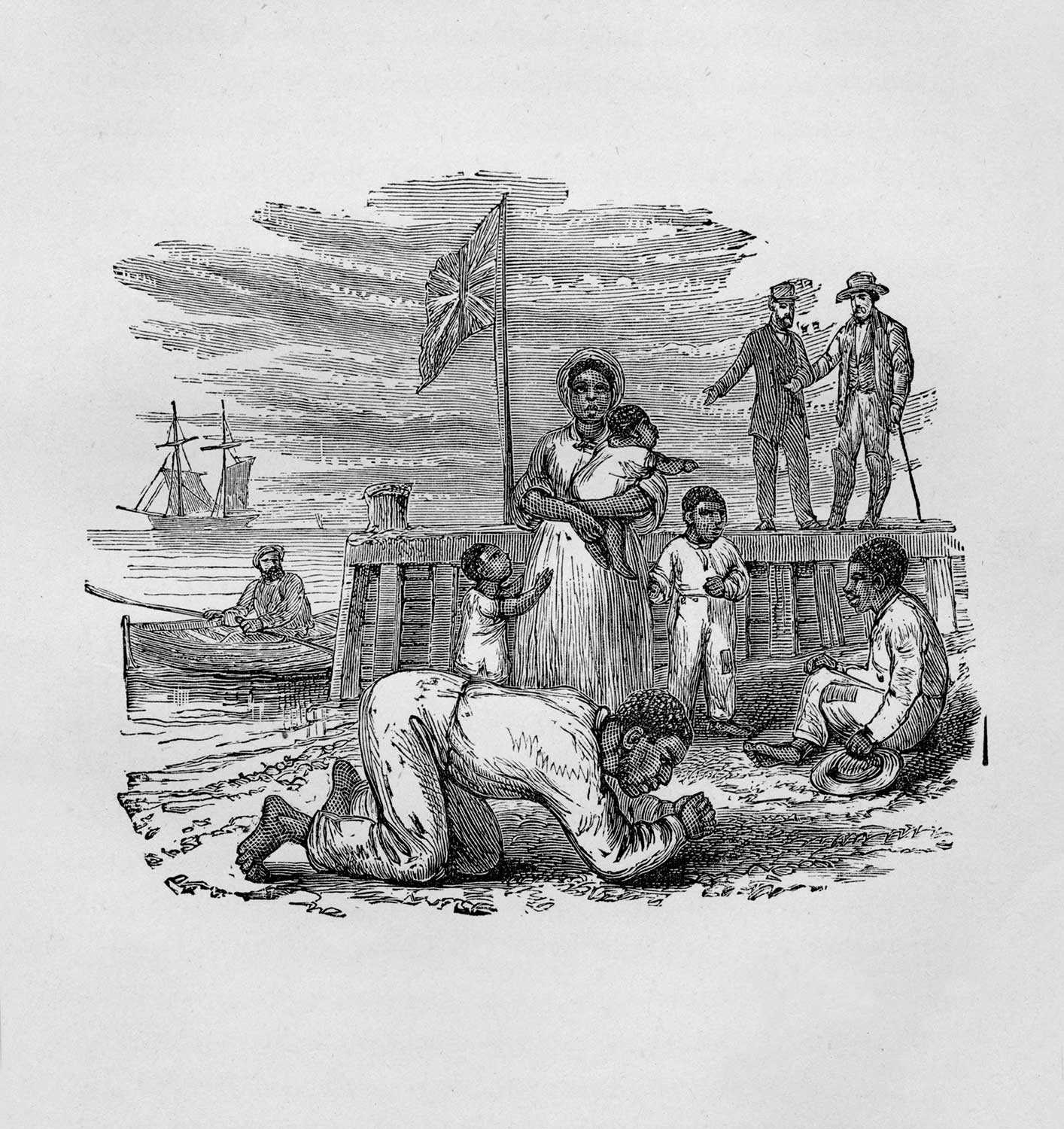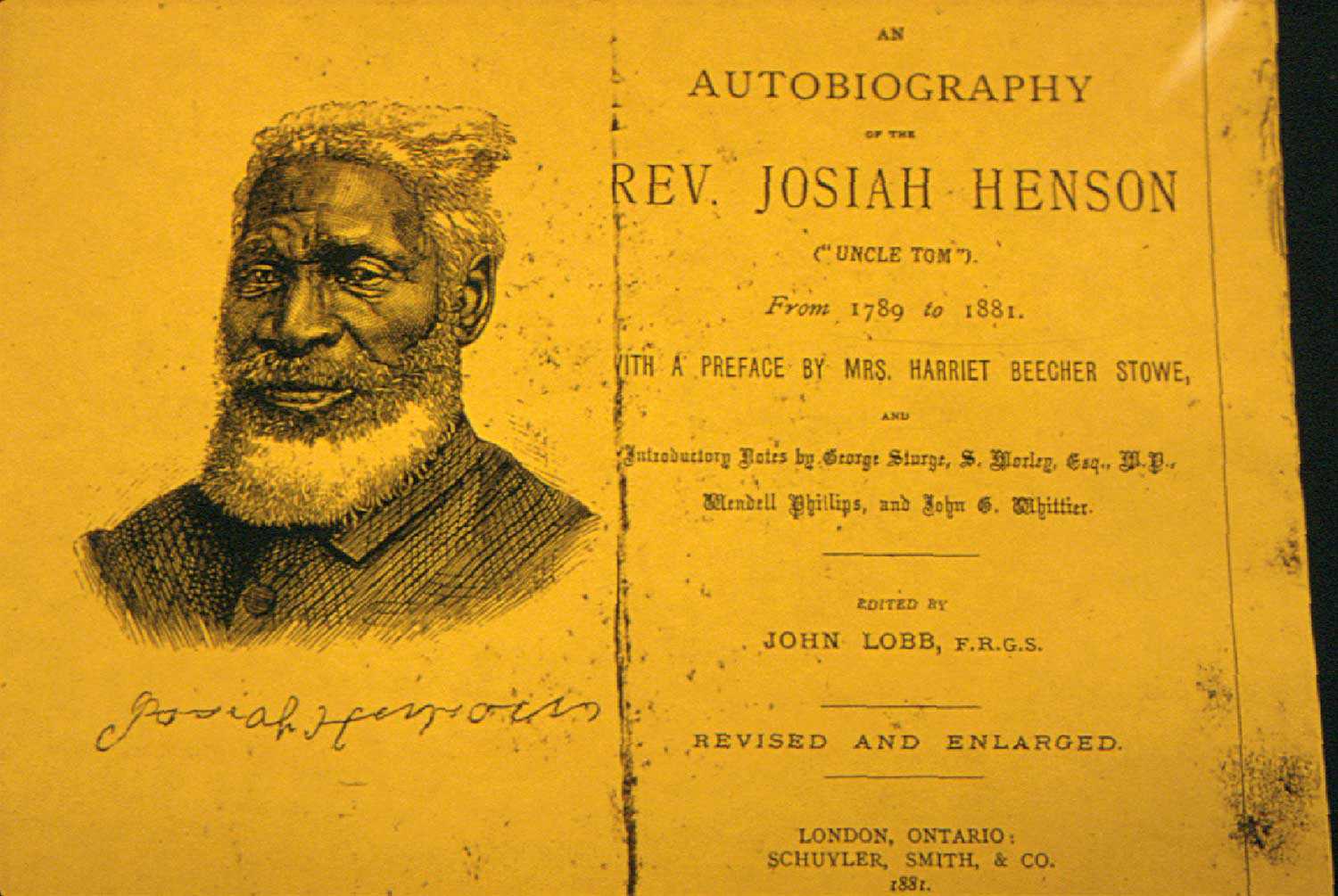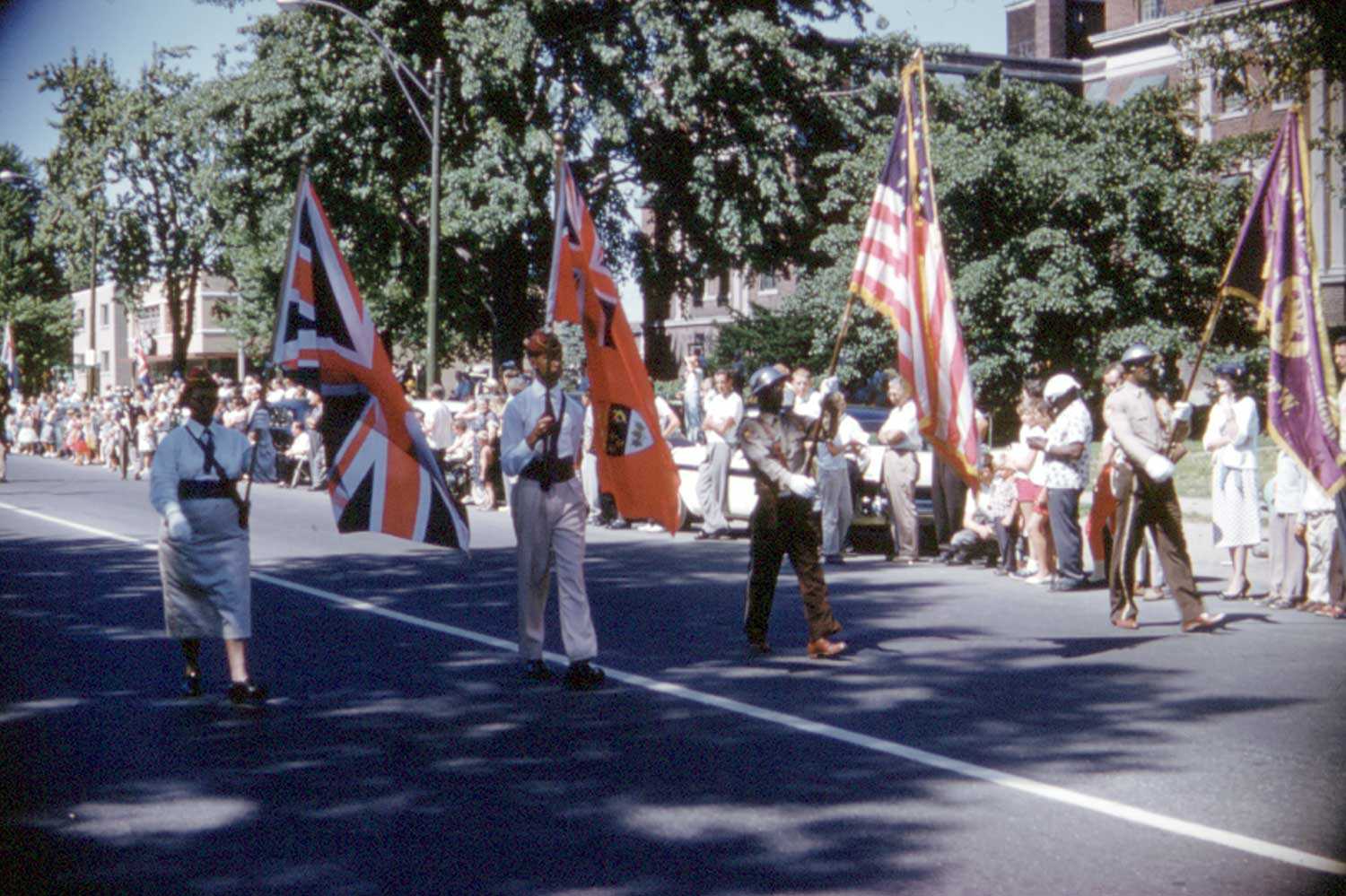

Browse by category
- Adaptive reuse
- Archaeology
- Arts and creativity
- Black heritage
- Buildings and architecture
- Communication
- Community
- Cultural landscapes
- Cultural objects
- Design
- Economics of heritage
- Environment
- Expanding the narrative
- Food
- Francophone heritage
- Indigenous heritage
- Intangible heritage
- Medical heritage
- Military heritage
- MyOntario
- Natural heritage
- Sport heritage
- Tools for conservation
- Women's heritage
The birth of Black History Month
Black heritage
Published Date: Feb 16, 2006
Photo: Uncle Tom’s Cabin Historic Site in Dresden is owned and operated by the Ontario Heritage Trust. The property containing Uncle Tom's Cabin Historic Site is part of 200 acres of land purchased in 1841 to establish the Dawn Settlement – a refuge for the many fugitives from slavery who escaped to Canada from the United States. It remains an important part of Ontario’s Black history.
Ontario’s Black History Month began in the United States as “Negro History Week.” This American celebration of Black history and culture was initiated in 1926 at a time when black Americans lived with the daily insult of segregation and the danger posed by the widespread lynchings inspired by the Ku Klux Klan.
The creation of Negro History Week was part of Dr. Carter G. Woodson’s (1875-1950) lifelong campaign to gain national recognition for the role African Americans played in building the United States. The son of former slaves, Woodson toiled in the Kentucky coal mines through his teenage years. He returned to high school and graduated at the age of 22 before entering university. With a master’s degree from the University of Chicago and a doctorate from Harvard, he went on to teach at Howard University in Washington, D.C. Woodson, an inspiring teacher and mentor, established the American Association for the Study of Negro Life and Culture (AASNLC) in 1915. The organization – now known as the American Association for the Study of Afro-American Life and Culture – remains the leading organization in its field. In 1916, the AASNLC launched the Journal of Negro History. This journal was influential in the US and Canada and remained the major avenue for African-Canadian scholarly publication through the middle of the 20th century. Today, it continues to play a vital role in informing our American neighbours of Canada’s place in the African Diaspora.
Negro History Week began in the United States on February 12, 1926. Originally held on the second week of February because it contained the birth dates of Abraham Lincoln and Frederick Douglass, it was expanded to a month-long commemoration in 1976 as part of America’s bicentennial celebrations. February contains a series of important dates in Black history, including the birth of WEB DuBois and the founding of the National Association for the Advancement of Colored People (NAACP) in 1909. February is Black History Month in the US, Canada and Jamaica. In the United Kingdom, Black history is celebrated annually in October.
In Canada, Negro History Week was first celebrated in Toronto in the 1950s through the efforts of the Canadian Negro Women’s Association. The City of Toronto officially recognized it in 1976 in recognition of the work of the Ontario Black History Society. The Society then lobbied for the celebration to be expanded into Black History Month. In 1979, the Ontario government gave the month-long celebration provincial recognition. The Honourable Jean Augustine (then-MP for Etobicoke-Lakeshore and the first female African-Canadian MP) introduced a motion in the House of Commons to make Black History Month a national event. On December 14, 1995, her motion was unanimously adopted. Today, school curricula, exhibits, television and media events, as well as numerous public ceremonies, commemorate the crucial role people of the African Diaspora have played in the making of Canada.

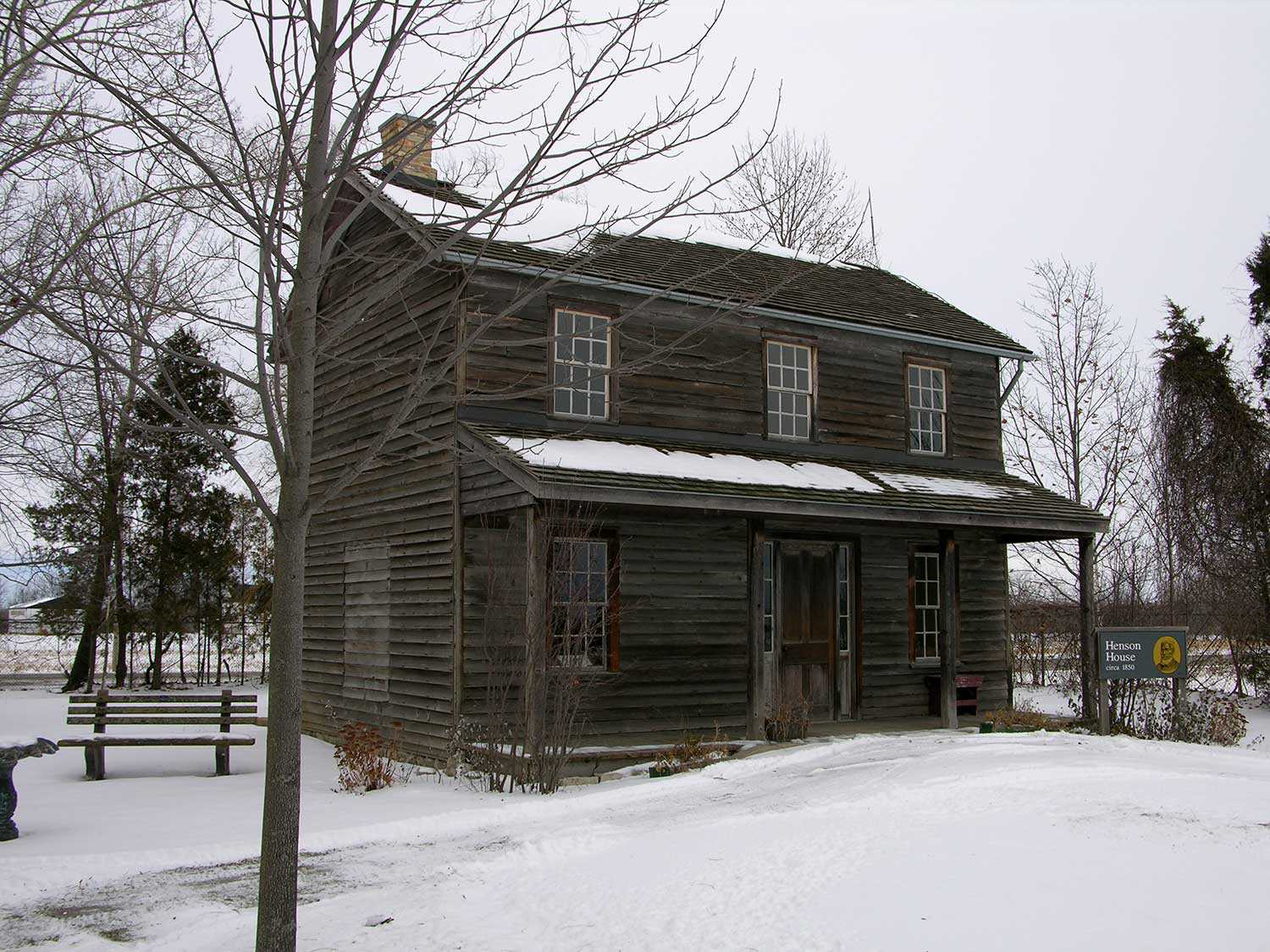
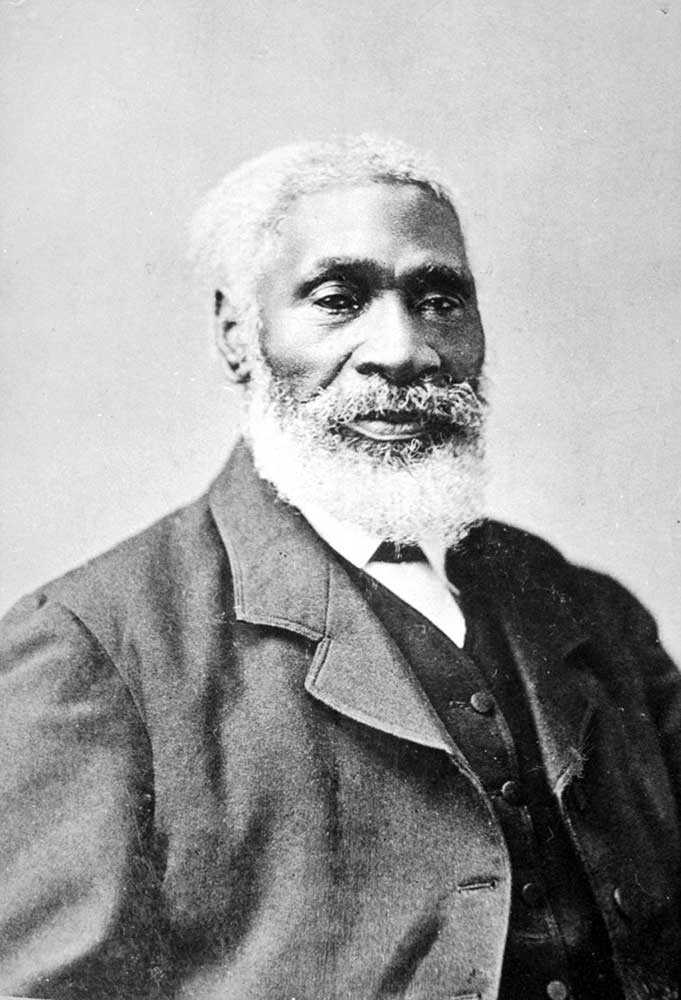
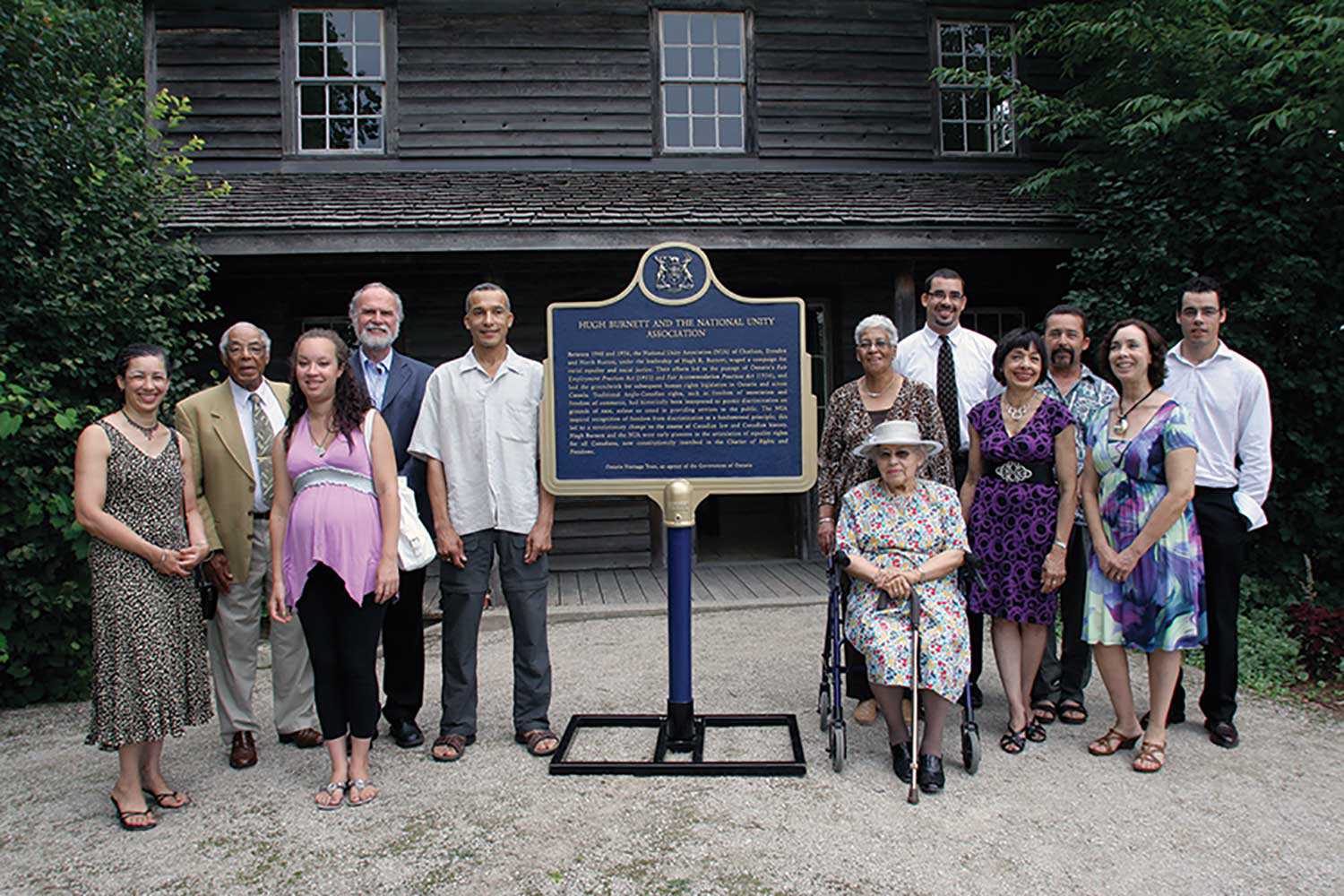
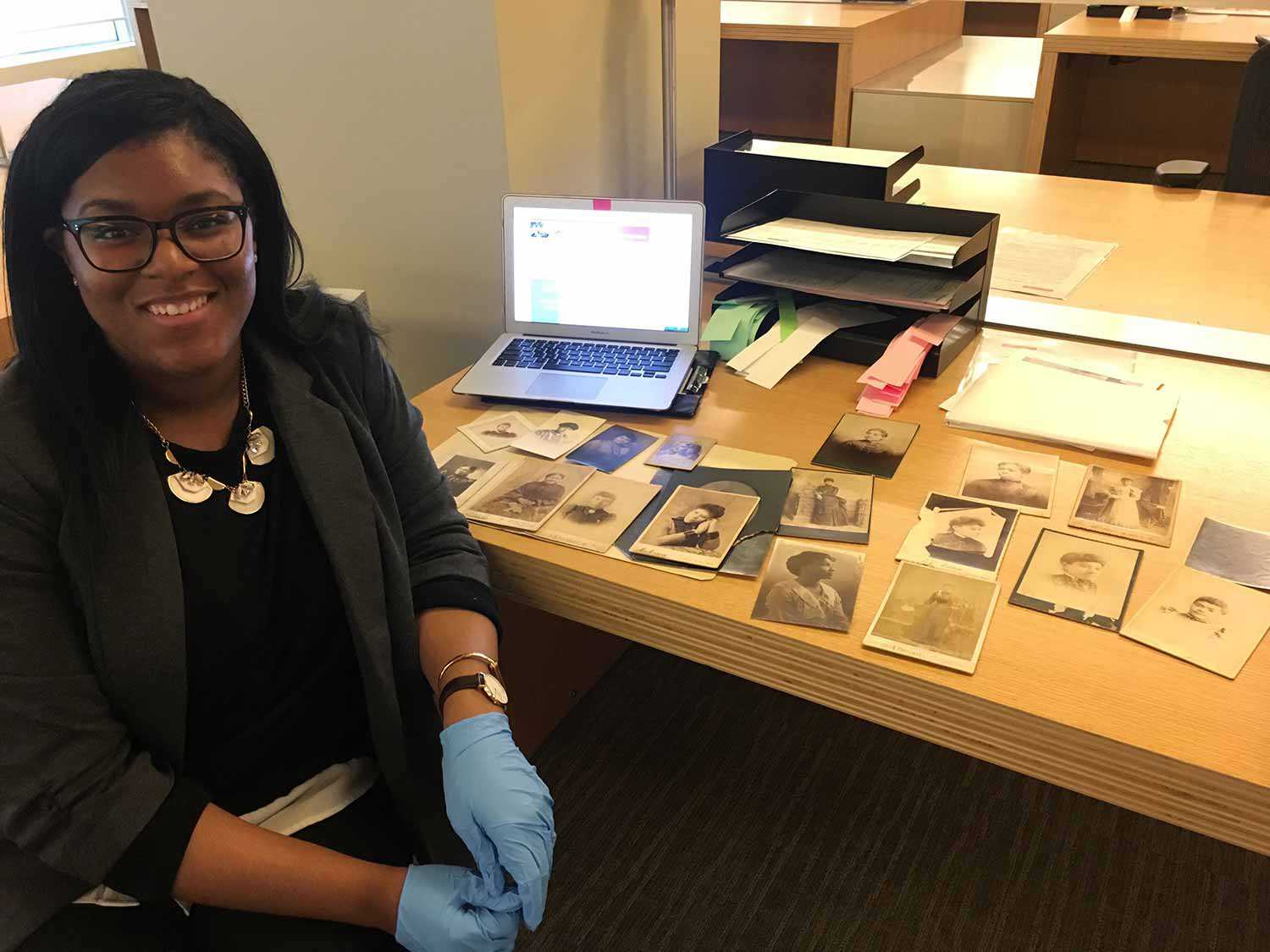
![F 2076-16-3-2/Unidentified woman and her son, [ca. 1900], Alvin D. McCurdy fonds, Archives of Ontario, I0027790.](https://www.heritage-matters.ca/uploads/Articles/27790_boy_and_woman_520-web.jpg)
